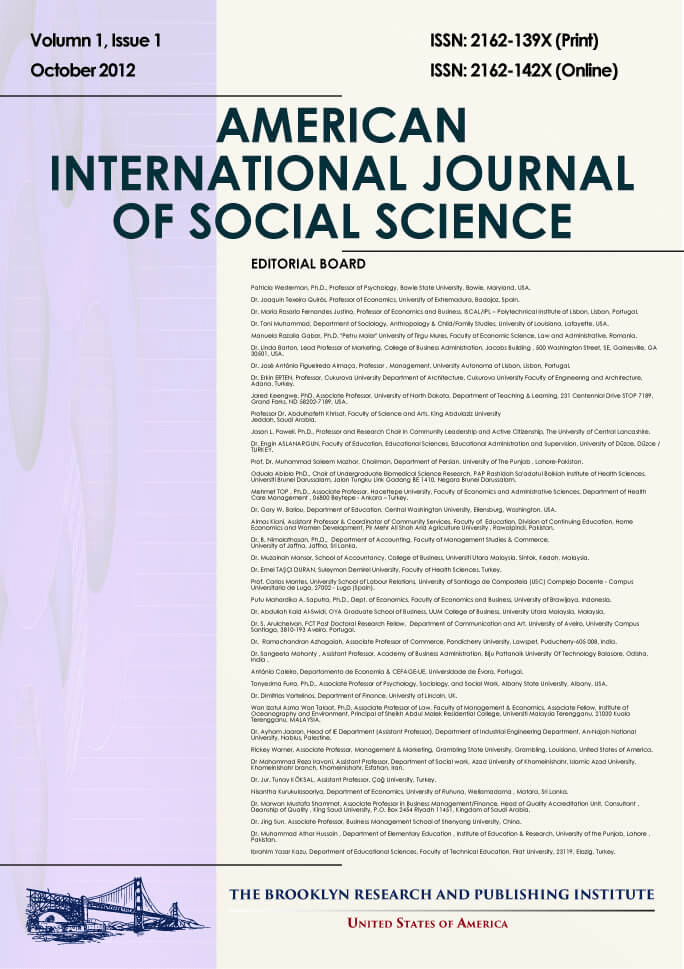Context and Congressional Elections: Assessing the Impact of Local Influences on Third Party Voting in U.S. House Elections
James P. Nelson
Abstract
The attributes of districts that make voters within them more likely to select non-major party Congressional
candidates were examined. The two primary explanations tested were those based on district-level support for
non-major party candidates more broadly and those based on strategic voting. These attributes and their impact
on voting behavior were examined using a model specification (multilevel logit) that can take into account
variables measured at the district level (ie. the percentage difference between major party vote shares) and the
individual level (ie. respondents’ ratings of major party candidates) and evaluate their influence on individual
vote choice. Districts with higher current or most recent third party/independent presidential vote shares made
voters in those districts more likely to select non-major party House candidates. Larger percentage differences
between the two party vote shares of the major party House candidates had a similar impact on voters.
Full Text: PDF
American International Journal of Social Science
ISSN 2325-4149(Print), ISSN 2325-4165(Online) DIO: 10.30845/aijss
Visitors Counter
3836938
| 1309 | |
| |
3980 |
| |
44296 |
| |
49499 |
| 3836938 | |
| 76 |

